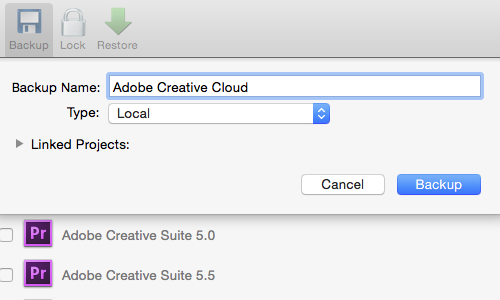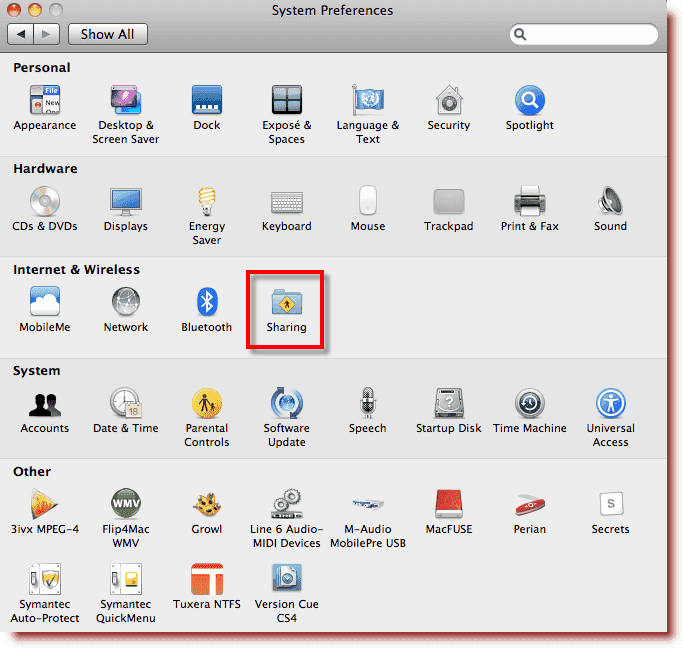

The Floating point data type supports only 3 digits after the decimal point.Ĭonfiguration Manager doesn't support using the Boolean data type for Mac configuration item script settings. Key: Specify the name of the key that you want to evaluate for compliance on Mac computers. In the Create Setting dialog box, enter a unique name and a description for the setting.Ĭhoose the Setting type you want, and then supply the required information:Īpplication ID: Specify the application ID of the property list file from which you want to evaluate a key for compliance.įor example, if you want to edit settings for the Safari Web browser, you might use. Select New to open the Create Setting dialog box. On the Settings page of the wizard, add new settings that are evaluated for compliance on Mac computers. On the Supported Platforms page of the wizard, select the specific macOS X versions that will evaluate the configuration item.

If you create and assign categories to help you search and filter configuration items in the Configuration Manager console, select Categories.
#Os x preference manager mac os x
Under Specify the type of configuration item that you want to create, select Mac OS X (custom). On the General page of the Create Configuration Item wizard, specify a name and optional description for the configuration item. On the Home tab, in the Create group, select Create Configuration Item. In the Assets and Compliance workspace, expand Compliance Settings, and then select Configuration Items. In the Configuration Manager console, select Assets and compliance. Create a custom macOS X configuration item You can also manage macOS X settings by writing a shell script that returns a value that you can evaluate and remediate for compliance. Use compliance settings to evaluate and remediate settings in a property list file.

The macOS X operating system uses property list (.plist) files to store application settings. Use the Configuration Manager Mac OS X (custom) configuration item to manage settings for macOS X devices that are managed by the Configuration Manager client. Starting in January 2022, this feature of Configuration Manager is deprecated.


 0 kommentar(er)
0 kommentar(er)
